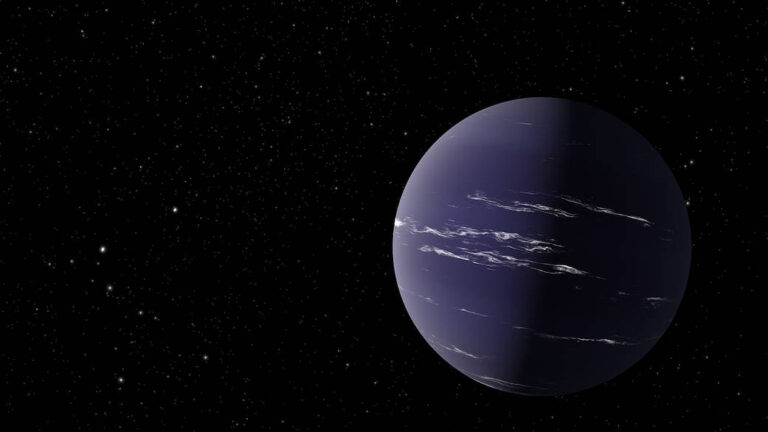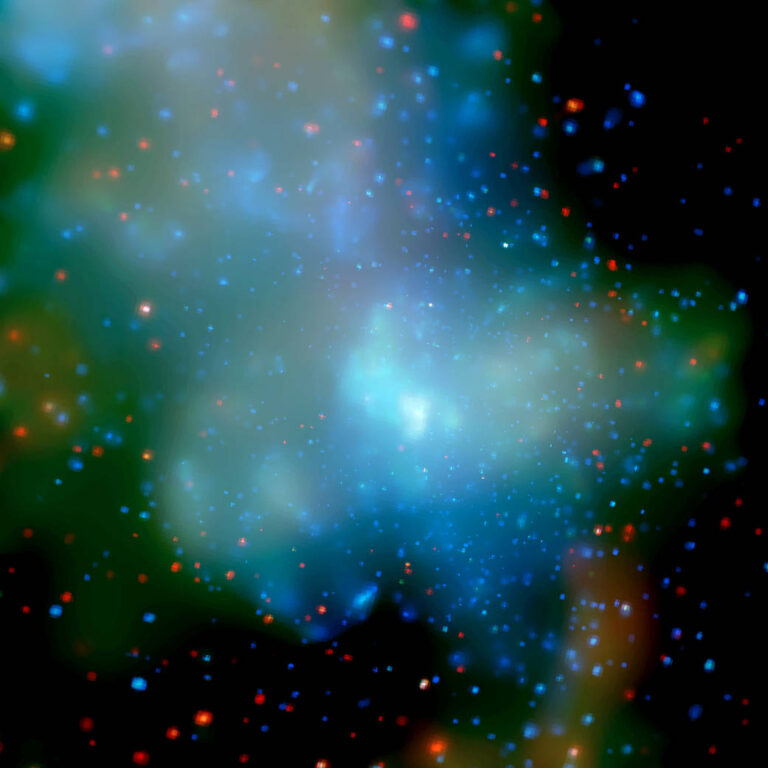土星环的景观
This artist’s illustration shows the Cassini spacecraft in orbit around Saturn. Cassini made 22 orbits that swooped between the rings and the planet before ending its 13-year tour of the ringed planet on Sept. 15, 2017, with a final plunge into Saturn. Cassini spacecraft shared the wonders of Saturn and its family of icy moons—taking us to astounding worlds where methane rivers run to a methane sea and where jets of ice and gas are blasting material into space from a liquid water ocean that might harbor the ingredients for life. Image Credit: NASA/JPL-Caltech 这幅艺术家的插图展示了环绕土星轨道的卡西尼号宇宙飞船。卡西尼号在土星环和土星之间进行了22次轨道飞行,然后于2017年9月15日结束了它对这颗环状行星的13年之旅,最后坠入土星。 卡西尼号飞船与我们分享了土星及其冰冷卫星家族的奇迹——把我们带到了令人震惊的世界,那里的甲烷河流流入甲烷海洋,冰和气体的喷流将液态水海洋中可能孕育着生命成分的物质喷射到太空中。 图片来源: NASA/JPL-Caltech










